There’s a simple procedure I use for creating or evaluating an organization’s marketing strategy. It starts with:
- Clarifying the opportunity we’re going after
- Articulating and segmenting the specific stakeholder relationships we must foster to capture that opportunity
- Designing and managing clear, custom funnels for each of those relationships
These last two steps lend themselves to an easy-to-remember progression of images, where we could first depict an organization’s relationships with the outside world using a Venn diagram:
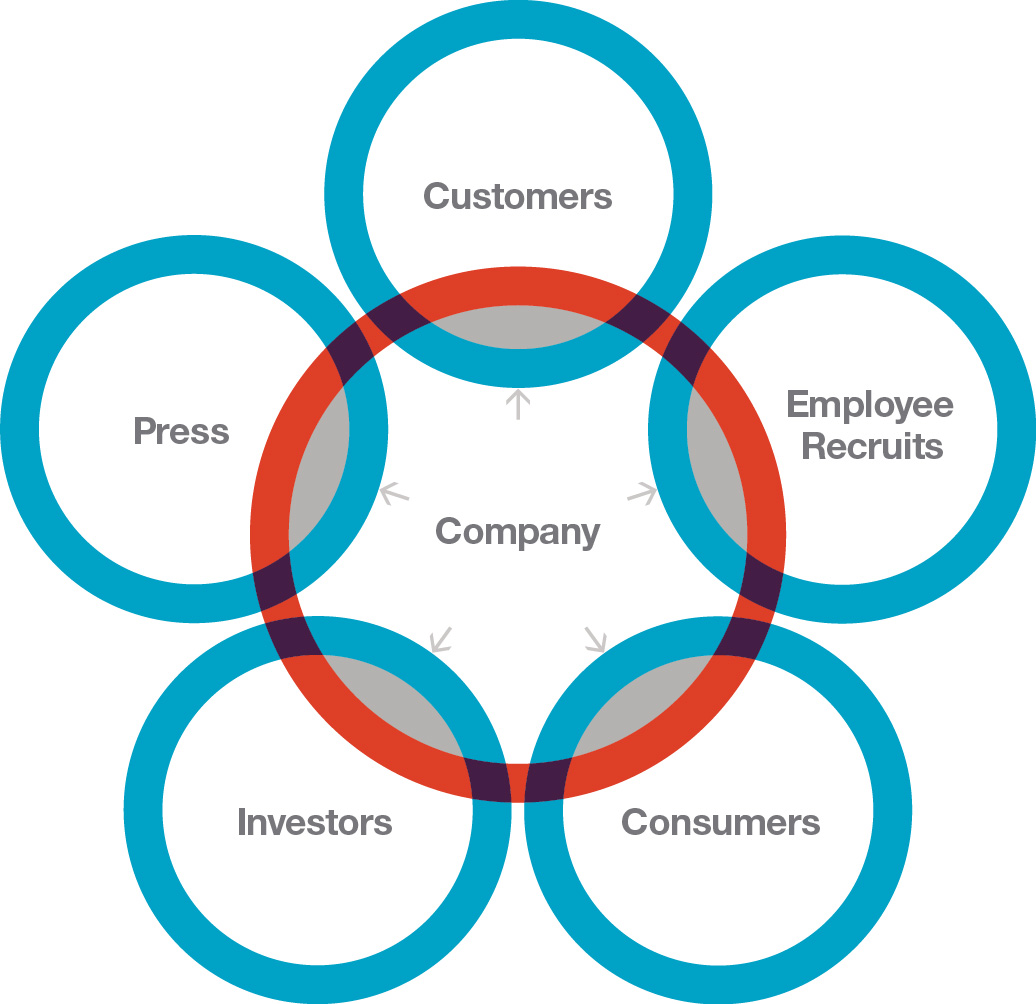
And then pour each of those external circles into the top of a traditional marketing funnel, as if they were gumballs:
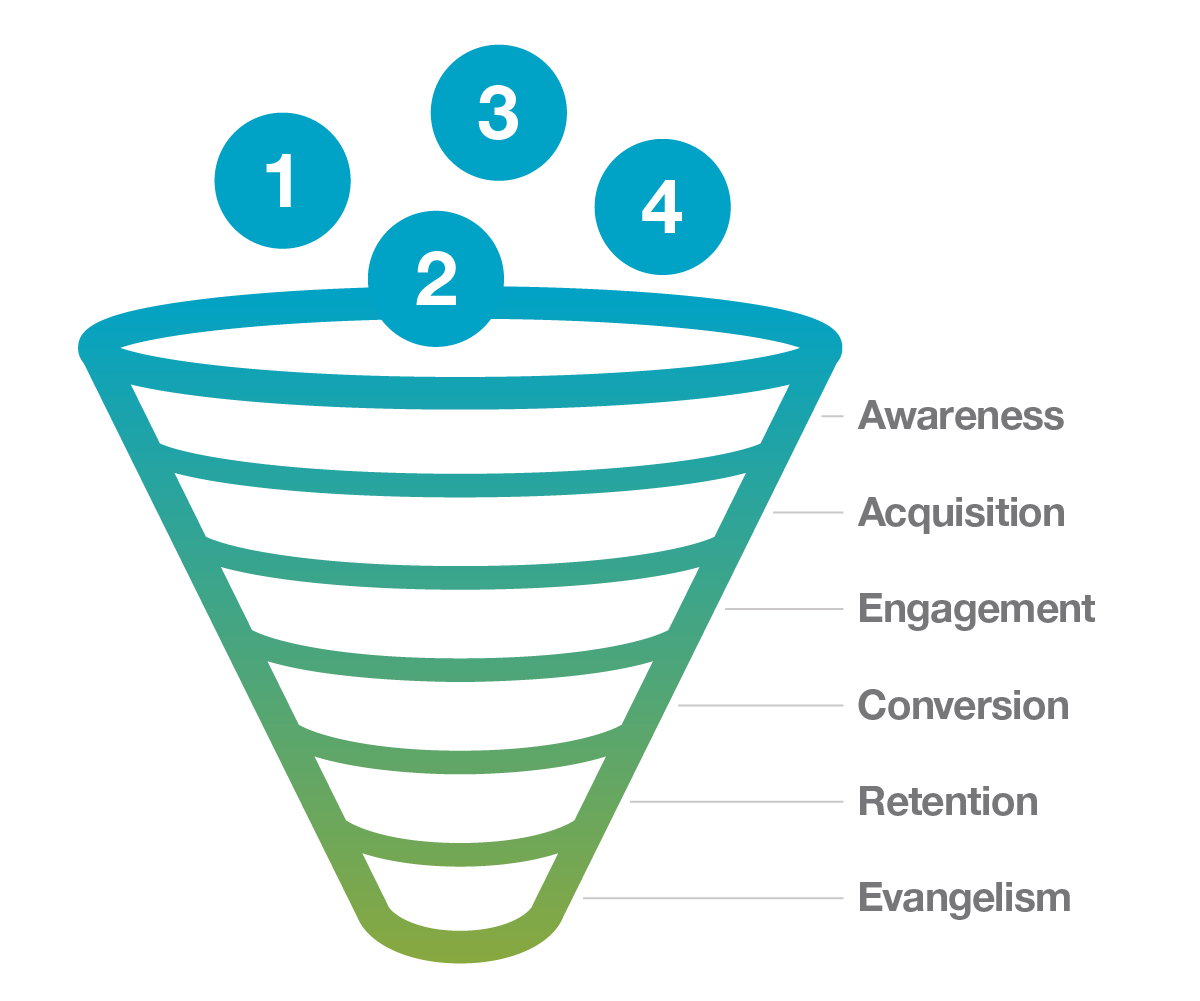
And then, over time, we can check to see if the top of the funnel (TOFU) audience targets match the bottom of the funnel (BOFU) highly engaged brand evangelists:
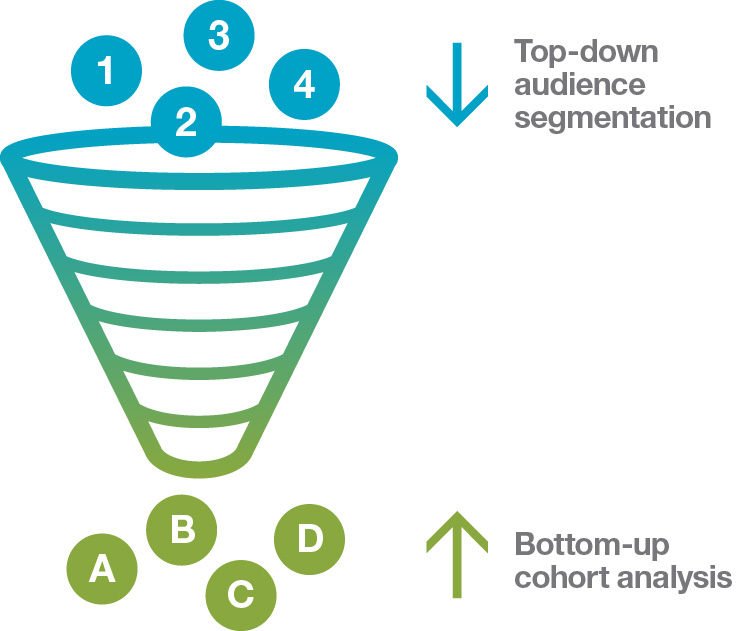
Using this model, we can assess if we are actually managing the relationships we intend to, or if we are discovering or drifting into new audience targets.
We can also compare—in aggregate and by audience, channel, tactic, cohort, or experiment—the top-of-the-funnel customer acquisition cost (CAC) with the bottom-of-the-funnel lifetime value (LTV).
In other words, at each step of the funnel, we can assess both the strength of the relationships we’re fostering and our efficiency in monetizing those relationships. This echoes Avinash Kaushik’s recommendation that every critical funnel metric should have a complementary “BFF metric.”
This overall approach has many benefits.
First, it prevents some major marketing errors:
- doing marketing without a clear business strategy
- using marketing to compensate for a lack of business strategy
- doing marketing without knowing or segmenting the audience
- using a channel-centric approach instead of an audience-centric approach
- driving top-of-the-funnel traffic that doesn’t convert or stick around
Second, it’s flexible and adaptive:
- It provides a scalable template to take key audiences from unaware to deeply engaged, while maximizing cost efficiency.
- It works for organizations of many different kinds and sizes.
- It works for all important external stakeholder groups and not just customers.
- It mirrors the structure of sales pipelines and digital product clickstreams, thereby facilitating collaboration between Marketing, Product, Operations, and Sales. (Funnels, pipelines, nurture trails, and clickstreams are all different metaphors for essentially the same thing.)
Two kinds of marketing
I’ve shared this flow of logic over the course of several previous posts, all hyperlinked above.
There is one last graphic I now want to add to this sequence. It involves choosing the optimal balance across the funnel between brand marketing and performance marketing.
To clarify, by “brand marketing,” I mean any kind of marketing that has a high CAC and high LTV, and by “performance marketing” I mean any kind of marketing with a low CAC and low LTV.
Here are some alternative nomenclature pairs that make a similar distinction, with different emphases:
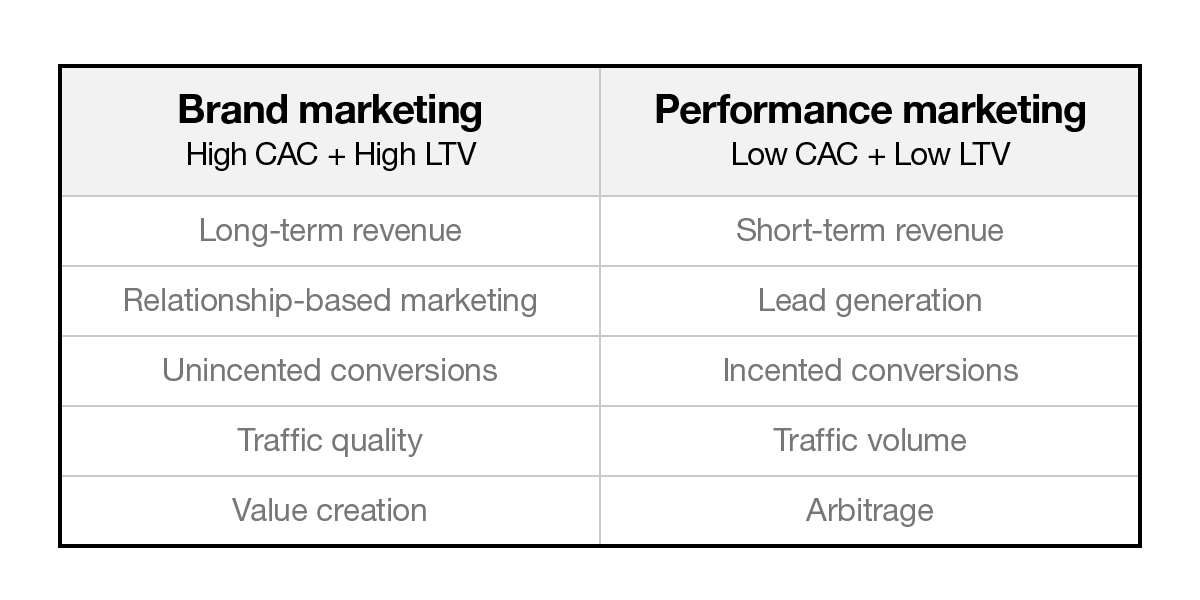
And here is how some common marketing techniques and channels fall across this divide:
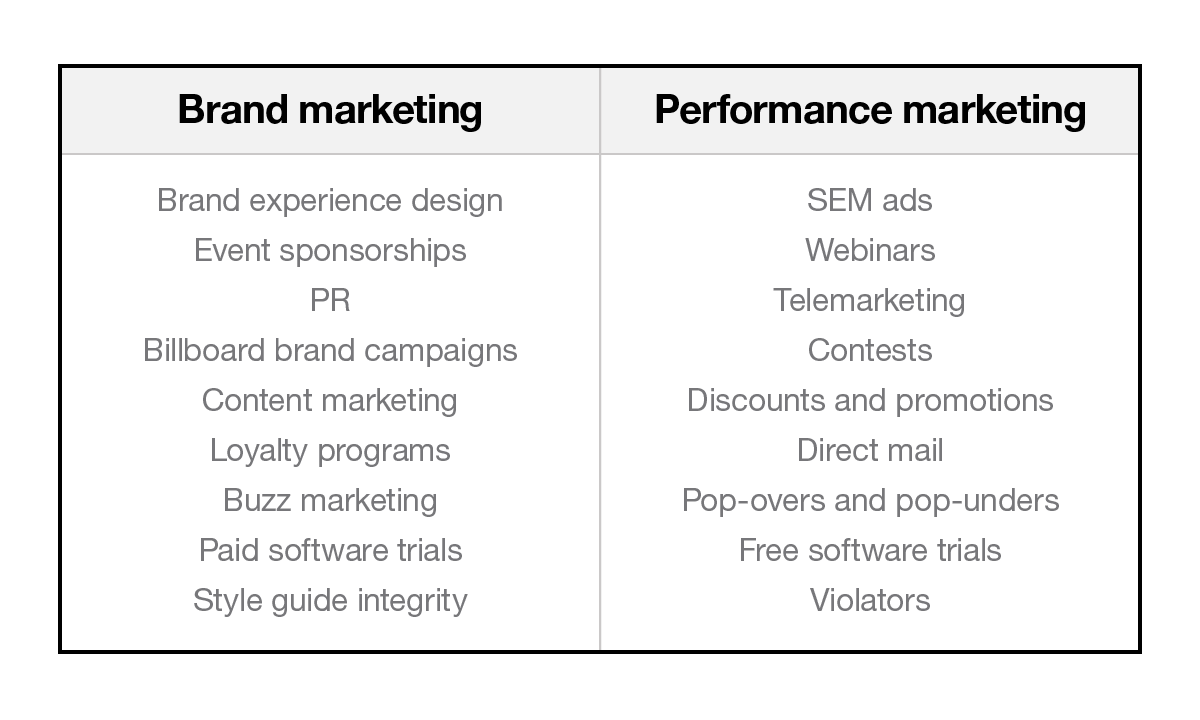
Stereotypically, brand marketing tends to make customers happy and performance marketing tends to be annoying. But performance marketing also clearly works, or else our inboxes and social media platforms wouldn’t be filled with ads, and opera companies wouldn’t be calling us each night to remind us to renew our membership.
And now an important, and possibly contentious, point:
At every step of the marketing funnel, brand marketing and performance marketing are in dynamic tension with each other.
Meaning: whatever we do to make one better will make the other worse.
Let me illustrate what I mean, using several levels of zoom:
Organization
Within any organization, assuming a finite marketing budget, any money spent on brand marketing will deplete the available resources to spend on performance marketing, and vice versa.
Audience
If our marketing approach strongly favors either brand or performance marketing—say, with frequent promotions—we will train the audience to always expect that one thing. They will wait for the sale before they purchase.
If we change gears at a later date—say, with luxurious brand advertising and higher prices—we will confuse, if not lose, the audience, since our new marketing methods will conflict with the established value proposition.
Communication piece
For every communication piece—say, a radio ad, SEM ad, or landing page—we must consider the relative proportion of brand elements and performance-related calls to action. They fight each other for priority and relevance. An equal emphasis between them would often be incoherent.
For example, look at the following imaginary ads:

And the following real ads from the famous Smokey Bear campaign:

Which ads will optimally make a deep impression? Which ones will optimally drive measurable web traffic? Which ones will maximize reach?
Because this dynamic tension between brand and performance marketing plays out across the entire marketing funnel, I often have clients draw visually where they think the balance should fall for their organization:
There is no universal right answer, but I think it’s helpful to be deliberate here and to choose the balance that is in-line with the business strategy and prioritized audience segmentation. Are we trying to pick up all the money on the table, or build an enduring brand? Are we trying to maximize existing contracts or land new ones? How are we intentionally balancing lead quality with lead volume?
Counterarguments
I find that savvy executives understand the tradeoffs here intuitively. For example, Marc Benioff in his book Behind the Cloud talks about how Salesforce evolved from a free product trial to a paid trial to capture enterprise customers, an instance where a tried-and-true performance marketing strategy (the free trial) was demonstrably hurting long-term relationship-building with a new audience target.
I sometimes get pushback to my general statement that brand and performance marketing are in dynamic tension with each other. I acknowledge that there are some situations where this tension will not be apparent.
Examples:
- The organization’s marketing strategy is channel-focused, not audience-focused. Data to inform the conversation will not be available, because the processes to capture it will not exist.
- The organization is almost-exclusively focused on either brand or performance marketing, and that balance is rational for their current circumstances. Apple and Cartier, for example, are focused almost-exclusively on brand. Some arbitrage-based businesses can succeed for a while focused solely on lead gen. These situations are rare, but they happen. When the marketing strategy is this polar, there is no tension between the two approaches.
- The marketing organization is highly sophisticated, drenched in data, with cross-channel, full-funnel visibility. Deep in the tweaky nuances, some performance marketing techniques seem to not just complement, but measurably improve brand marketing efforts, and vice versa.
This last, and obviously desirable, situation merits a comment. I tried to make my original statement digestibly simple and universal, but to make it more accurate and nuanced, I would amend it as follows:
Brand and performance marketing are in dynamic tension with each other when an organization is setting top-down strategy, though in execution, they can sometimes be synergistic.
For example, content marketing on Facebook can augment ad success and vice versa. SEM ads can drive clickthrough while positively (if nominally) boosting aided/unaided brand awareness.
Once a marketing machine is up and running, with clear scaffolding and full-funnel visibility, a team can use data to test hypotheses and run experiments about how High CAC/LTV techniques can be embroidered into Low CAC/LTV techniques and vice versa. This advanced stage is for some people, self included, where marketing gets really fun.
Summary
This blogpost is part of a continuing series on marketing strategy. The recommended steps I’ve shared so far are as follows:
- Start with a clear business strategy, brand strategy, and audience segmentation.
- Design clear, custom, cross-channel funnels for every audience. Start with the bottom (BOFU) and go to the top (TOFU).
- Ensure a full-funnel line of sight for all audiences, with clear, paired KPIs at each step of the funnel.
- Choose a balance between brand and performance marketing that delivers on business priorities.
- Optimize brand and performance marketing techniques within and across channels.
- Run experiments to test hypotheses regarding synergies across the funnel.
- Scale successful experiments.
- Revise as business priorities evolve and new audience targets emerge.
Additional resources
For further reading, I heartily recommend the following:
- Pure marketing funnels: Any books, blogs, or courses by Avinash Kaushik
- Integrated marketing + sales funnels: Salesforce, SiriusDecisions, “Treat your sales engine like a product” by Chris Devore, and “Distribution” by Ben Horowitz
- Digital product funnels and clickstreams: Mixpanel, Flurry, Google Analytics
- SaaS funnel metrics: “SaaS Metrics 2.0” and “The Startup Killer: Cost of Customer Acquisition” by David Skok
You can also sign up to receive regular updates about business and personal transformation from The Next Us newsletter.


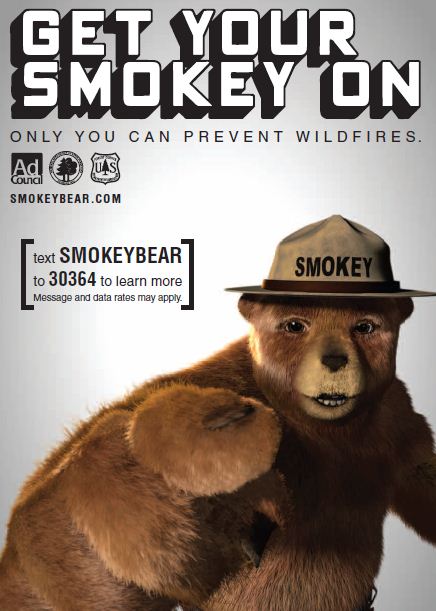
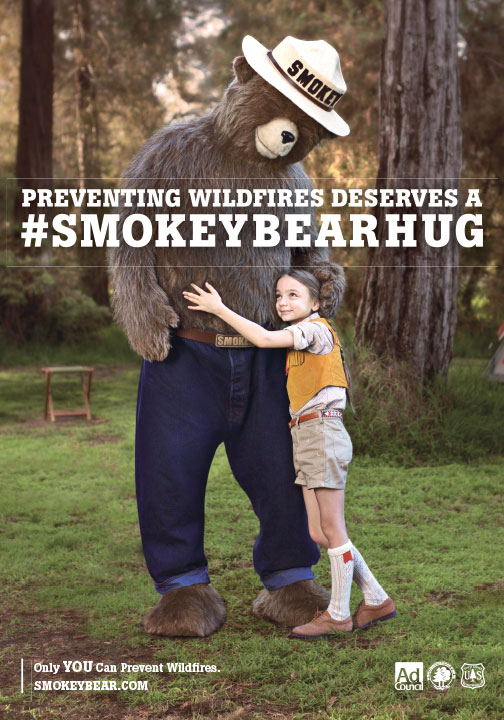

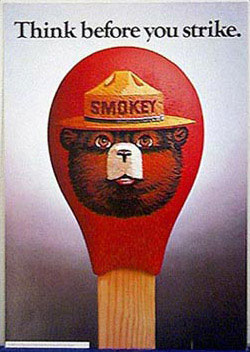

Atheeth Belagode says
Thank you for all the insights. I found it really useful for my first campaign.